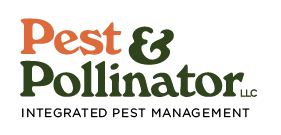Now more than ever, folks are wondering how to start a permaculture garden. This article will detail some creative ways to jumpstart your soil for the best start to a permaculture garden. First let’s try to define permaculture…
What is Permaculture?
Permaculture is the practice of combining regenerative, biodynamic & organic gardening techniques. Permaculture looks to ancient indigenous techniques for guidance on how best to manage the land. Building sustainability and conservation into food production is the key goal of permaculture gardening.
The practice of mulching yard “waste” and systematically returning organic matter into the soil is arguably the most important step to starting your own permaculture garden.
How Do I Use Mulch For Permaculture?
Biodynamic farming uses natural ecological functions & processes to assist with growing food and medicine. The “closed-loop” idea refers to the practice of using all materials the land produces. A integral part of the closed loop permaculture idea, is mulch.
- In the natural forest environment there is a layer of chunky organic compost, duff, or humus that covers the topsoil. This humus layer is so critical. It is the interface of both the terrestrial ecosystem and the subterranean one.
- It could be the most critical biosphere of them all because of this unique overlap. Here lives a fascinating diversity of arthropods, spiders, insects, small rodents, moles, voles, gophers, centipedes, millipedes, pillbugs, earthworms, potworms, slugs, snails, beetles, mites, grubs, fungi, ants, termites, and others.
Songbirds, crows, rabbits, snakes, lizards, frogs, salamanders, raccoons, opossums, skunks, coyotes and others patrol or frequent the duff layer to forage for food. But we systematically remove this layer of decaying leaves and twigs from our urban forests. An army of landscapers blows, sweeps, bucket loads and even vacuums valuable leaf mulch away. Removing leaf litter and other minor yard debris can actually harm our sensitive soil ecology.
Go for No-Till
Regenerative agriculturalists support a no till method. Tilling your garden physically destroys and exposing your soil microbes to the elements. For no till, apply compost as a topdress to the soil. Lightly scratch into the first inch or two of soil with a hard rake, hoe or shovel. Spread it in the fall after you’ve harvested the last of your summer crops. And place a layer of mulch. Which brings us to our next point:
Ecosystem Services
Leaf litter is an essential plant food source that would naturally occur in the environment. This material breaks down surprisingly quickly as the organisms listed above work and digest bits of it. Larger organisms physically shred, dig, burrow through and mulch. Smaller microbes further recycle organic matter into plant food and fertilizer. These seldom-appreciated processes are critical ecosystem services we often take for granted.

Joys of Permaculture Gardening
One of my favorite things about mulching to start your permaculture garden is the closed-loop system. Regenerative, organic, no-till, biodynamic gardening creates no waste. No till gardening recycles former “waste” products back into the gardening system. This is more like a natural system. Low-input and zero-waste concepts are necessarily built into the operation.
Get Resourceful!
An economic way to start your permaculture garden is to find creative sources for organic material. Leaves that fall from your neighbors trees, the grass clippings from your yard, sticks, twigs, wood chips, even cardboard, newspapers or food scraps are future mulch.
These are undigested ingredients of a soil cover slowly transforming into rich compost. Microbes break it down over time into a form that nourishes vegetables, herbs, and landscaping flowers, trees and shrubs.
Save Your Mulch For Permaculture
It is easy and good practice to save this material. When dried chop it up as finely as your garden shears or other equipment will allow. Sprinkle your newly created mulch on your compost bin or simply spread it thinly over your landscape. It will create a protective blanket for your soil microbes. This is especially helpful during cold, wind, heat or drought exposure.
Moldy leaf compost
Moldy leaf compost is the easiest compost to attain. Rake it up from your yard, a friends’ or any other available source. The leaf mold is an excellent source of beneficial bacteria and fungi species. One year I introduced the rockstar beneficial black soldier fly larvae to my garden from some borrowed leaf compost.
Straw
If you forget you can buy a straw bale at the seed & feed store for about ten bucks. One bale seems to cover about a hundred square feet. Straw’s great because it adds some structure, comes sterile, and turns over completely in about one year.
Wood chips
Wood chips, not bark mulch, are also a good option for mulch. Chips contain chopped up leaves, twigs and other “green” material not normally found in regular bark mulch. Manufacturers make bark mulch from bark shaved off proccessed timber so it usually doesn’t contain any “green” material. Bark mulch can actually draw nitrogen away from critical plant growth functions if used exclusively as a topdress.
Free Portland Mulch Delivery
In Portland we have a wonderful service called Chip Drop. They will schedule an arborist to drop off a dump truck load of freshly ground wood chip mulch in your driveway or parking strip, for free! Consider the risk of introducing pathogens beforehand. If possible ask for chips from wind damaged branches, instead of chips from a diseased tree. Just about any fine mulch or duff topsoil is better than leaving bare soil. Avoid the misconception that any landscaping area should be bare dirt with nothing protecting your microbes from the elements.
For more information on mulching for permaculture purposes in Portland, check out Portland Nursery’s MULCH 101 handout.
Cover-cropping
Do you have an unused garden bed, corner of the yard, or even just a few square feet between perennials? Then why not seed a leguminous cover crop to provide a living mulch? Cover crops shelter your soil microbes when alive. When you chop-and-drop cover crops nutrients are released back into the soil as root exudates. Planting a single fava bean between each vegetable plant can create great garden structure, soil fertility, and weed control.
The wild next-level action is a species of carbohydrate sucking bacteria called Rhizobium. Beans and legumes are hosts of rhizobium. Rhizobium forms visible nodules on roots of beans and legumes. Next it converts atmospheric nitrogen into plant available NH3 (ammonia). Rhizobium essentially pulls nutrients out of the thin air before fixing into your increasingly luscious garden soil.
The cool thing is, cover cropping invites you to consider each little nook of bare ground in your garden. Enjoy planning how your landscape will be covered with plants, roots, and canopy branches. This is what your soil really wants for continuous health and lasting sustainability.
If you’re interested in a free habitat enhancement inspection from a professional, call us today. We’ll assess mulching & soil regeneration opportunities, habitat structures, and pest management recommendations.
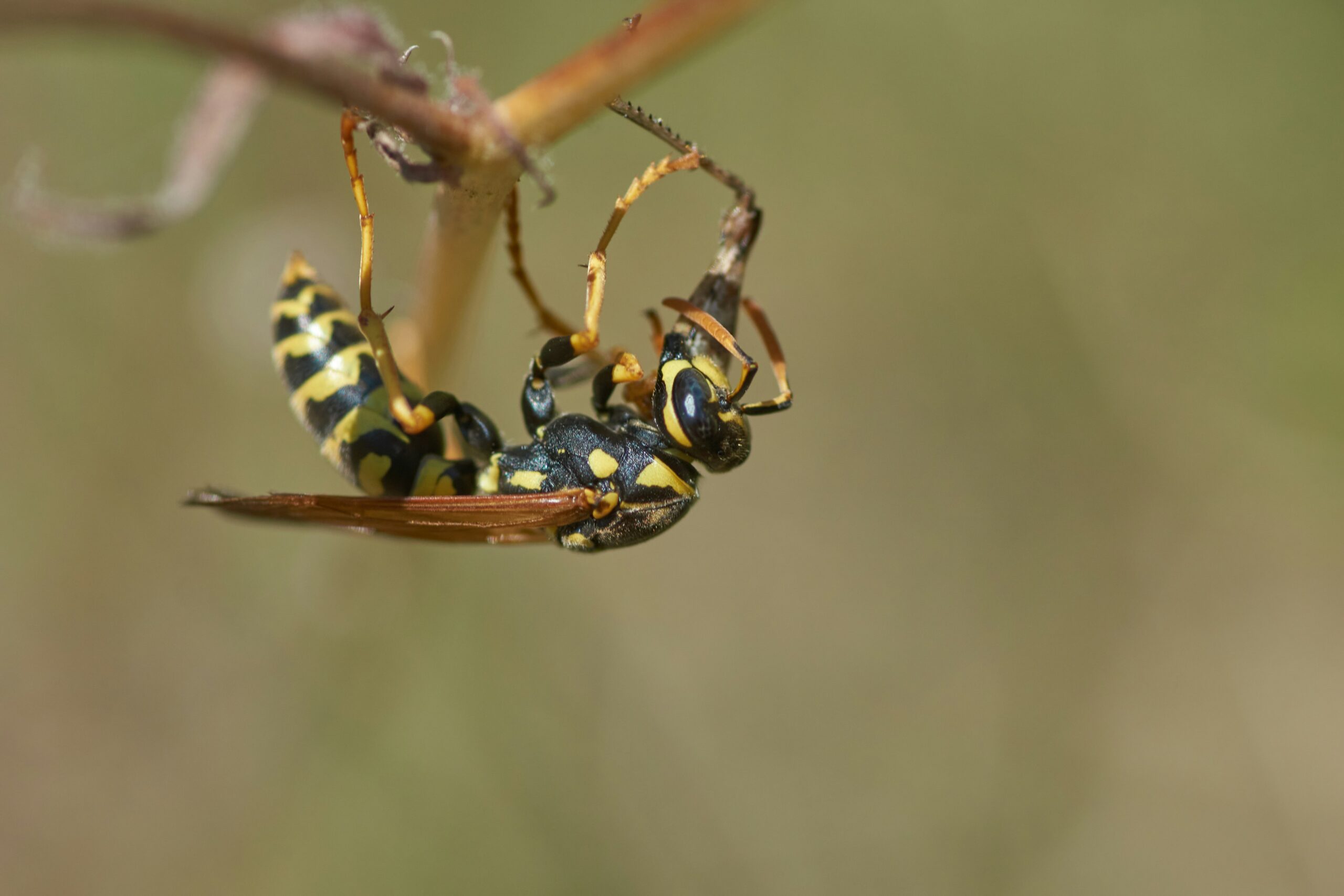
How to Get Rid of Wasps and Yellow Jackets Naturally

What Really Repels Rats & Mice?
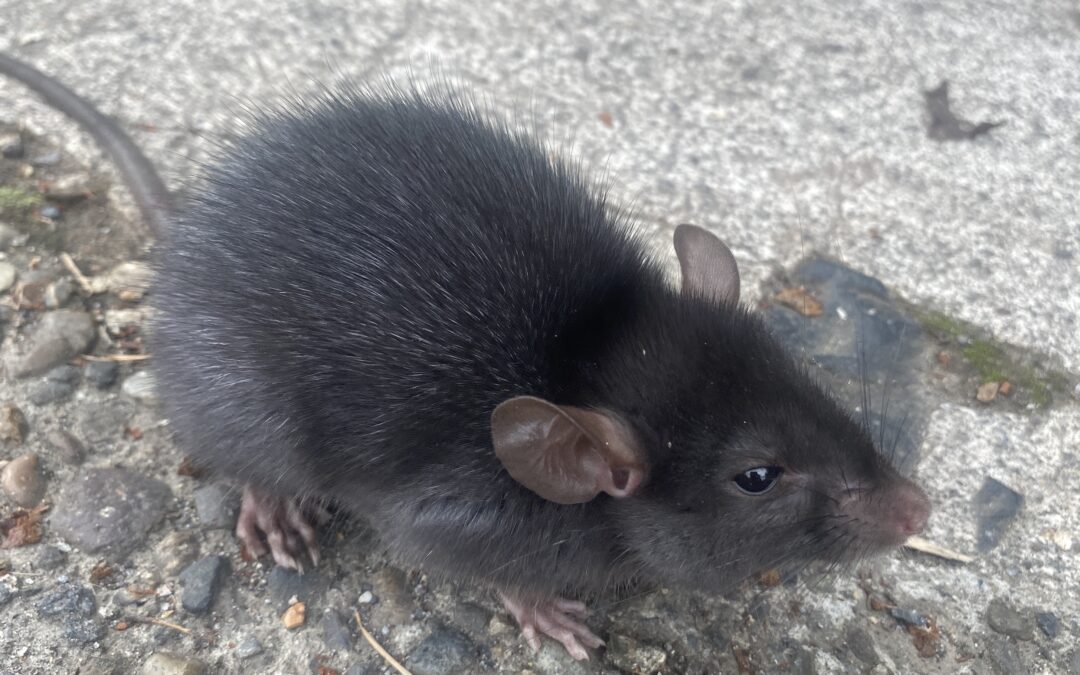
10 Ways to Get Rid of Rats without Killing Them

The 5 Best DIY Treatments for Ants (Safe for Pets)
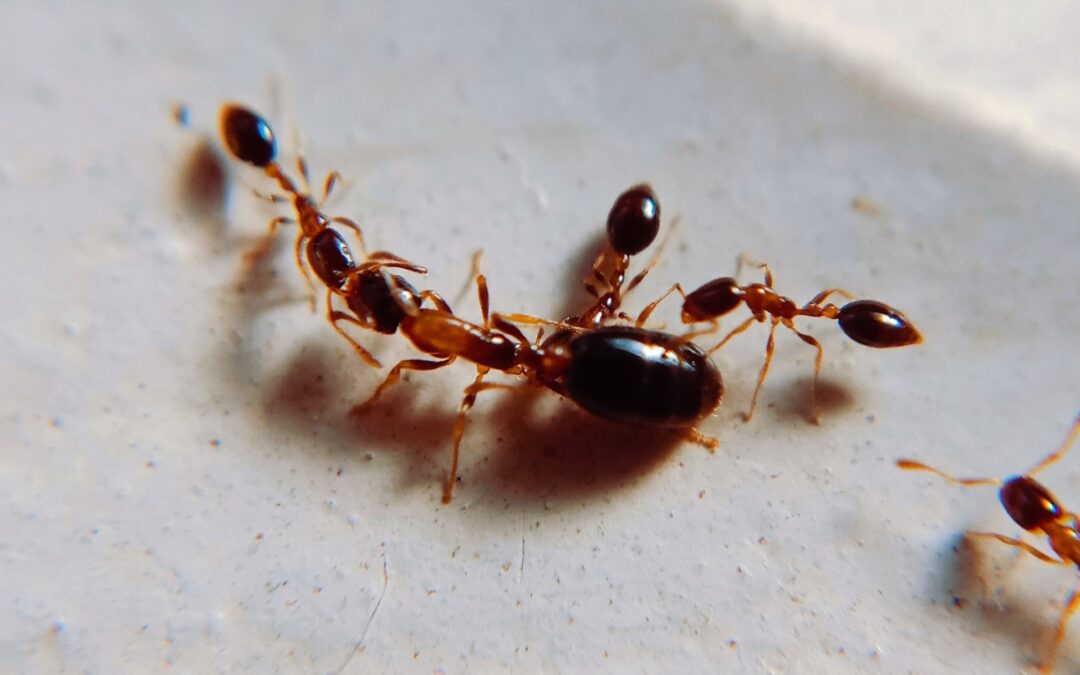
Get Rid of Ants Fast and Permanently

2 Ecological Traps to Avoid in Your Backyard Habitat

Hear Scratching in the Ceiling? – What To Do Next
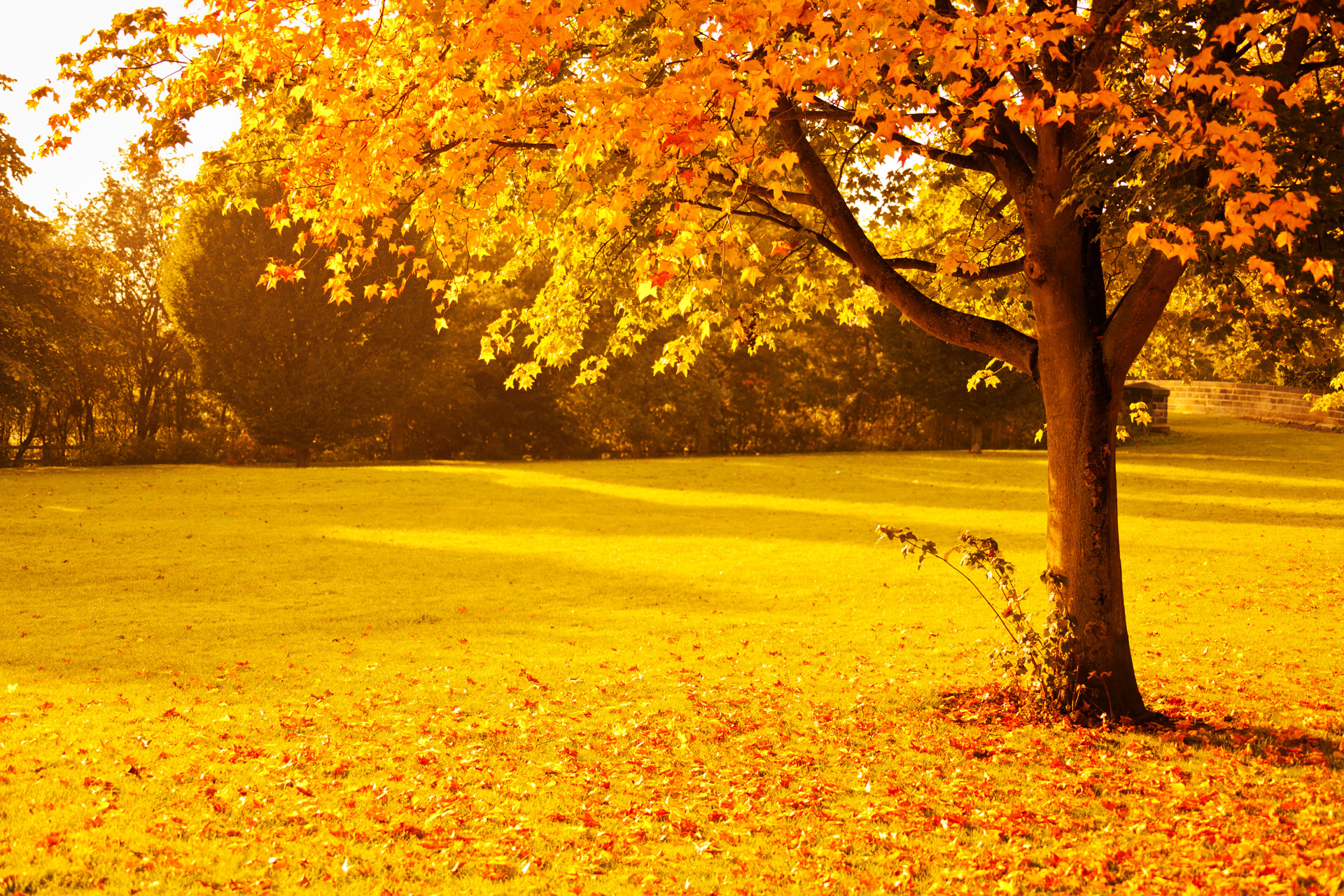
How to Keep Spiders Away From the Outside of Your House

3 Highly-Effective Natural Wasp Repellents with Essential Oils

